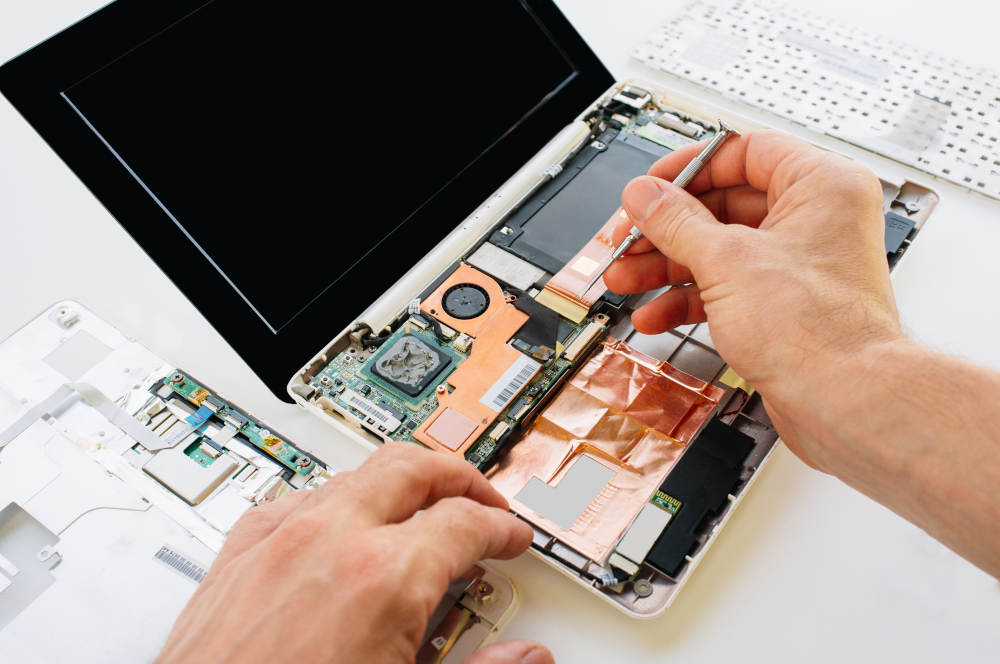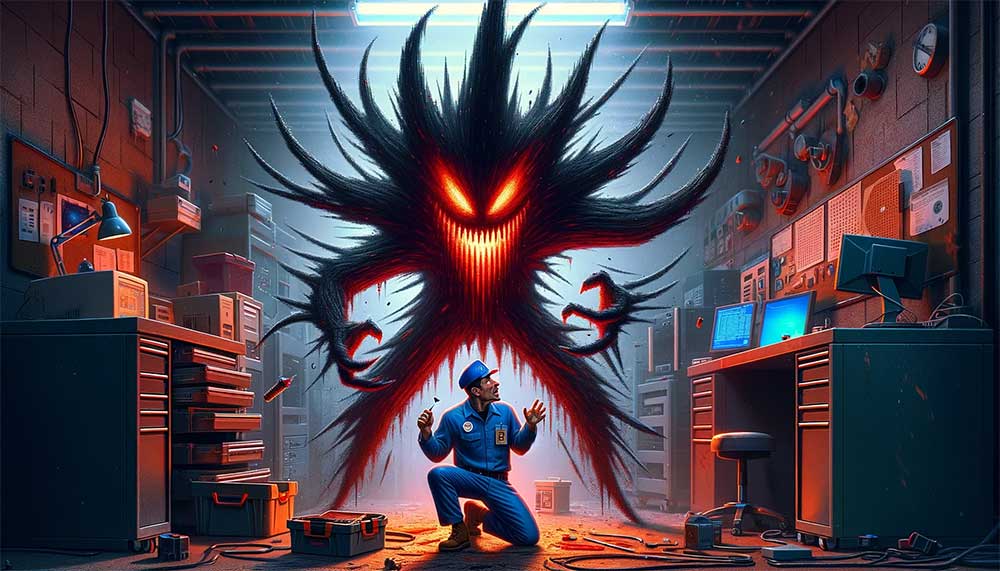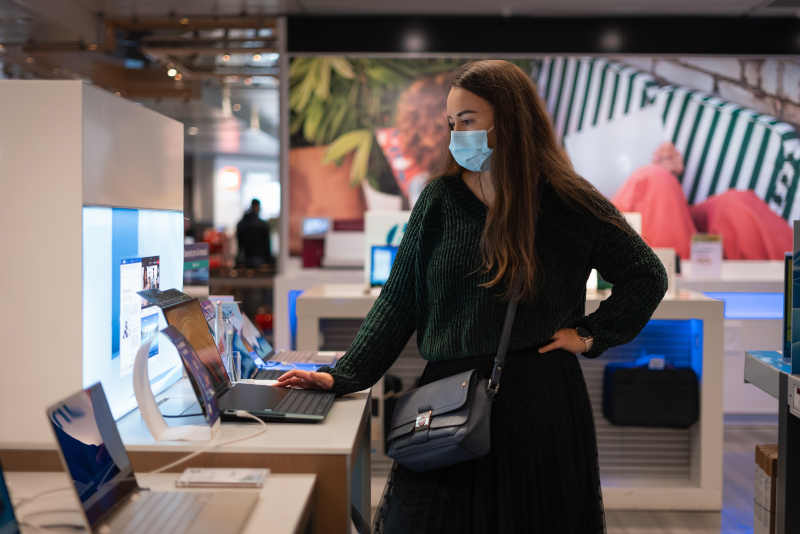A couple of years ago, Universal Serial Bus technology celebrated two decades of existence with the announcement of USB Type C, a full-duplex implementation for the third generation of this computing standard. USB ports can be found in standard, mini and micro sizes on computing devices ranging from desktop computers to smartphones and from peripherals to IoT components.
Common Problems with USB Connections
Thanks to the advanced technology and convenience of USB ports in terms of connectivity and functionality, we tend to take them for granted. Since USB ports are not known to malfunction or stop working often, many users think that the connecting devices may be at fault; however, it should be noted that USB issues can be caused by hardware failure, operating system conflicts or CPU degradation.
[su_note note_color=”#F4f4f4″]When connecting USB devices to a desktop or laptop, the first action most users take after noticing an issue is to test another port; if this solves the problem, the hardware failure could be isolated to just one port. If none of the ports seem to be working, this could be a driver or operating system configuration issue. Connected devices that suddenly stop working when plugged into various ports may indicate a motherboard or CPU issue, particularly older systems that freeze or turn off without warning.[/su_note]
Repairing USB Ports
A loose USB port that appears to be coming off its casing is a hardware issue that requires soldering; this is not a very complex repair. When one or all USB ports are not responding, rebooting or a hard reset may solve the problem, and this is for all Microsoft, Apple or Android operating systems. In some cases, the USB port may not be at fault at all; turning the device on and off will force the operating system to scan again and install drivers as needed.
USB host controller issues are notorious in computers powered by the Microsoft Windows operating system, particularly Windows 7. If you are familiar with Device Manager settings, you can try uninstalling the USB host controllers and rebooting Windows to look for an updated version. In other cases, a Windows Registry key may present an incorrect value; this usually happens in relation to a battery power saving scheme. USB ports that stop working after a thunderstorm may indicate a power supply or voltage distribution problem that requires hardware repair.
[su_note note_color=”#F4f4f4″]If your desktop, laptop or mobile device is affected by any of the aforementioned issues, our technicians will be happy to take a look.[/su_note]














